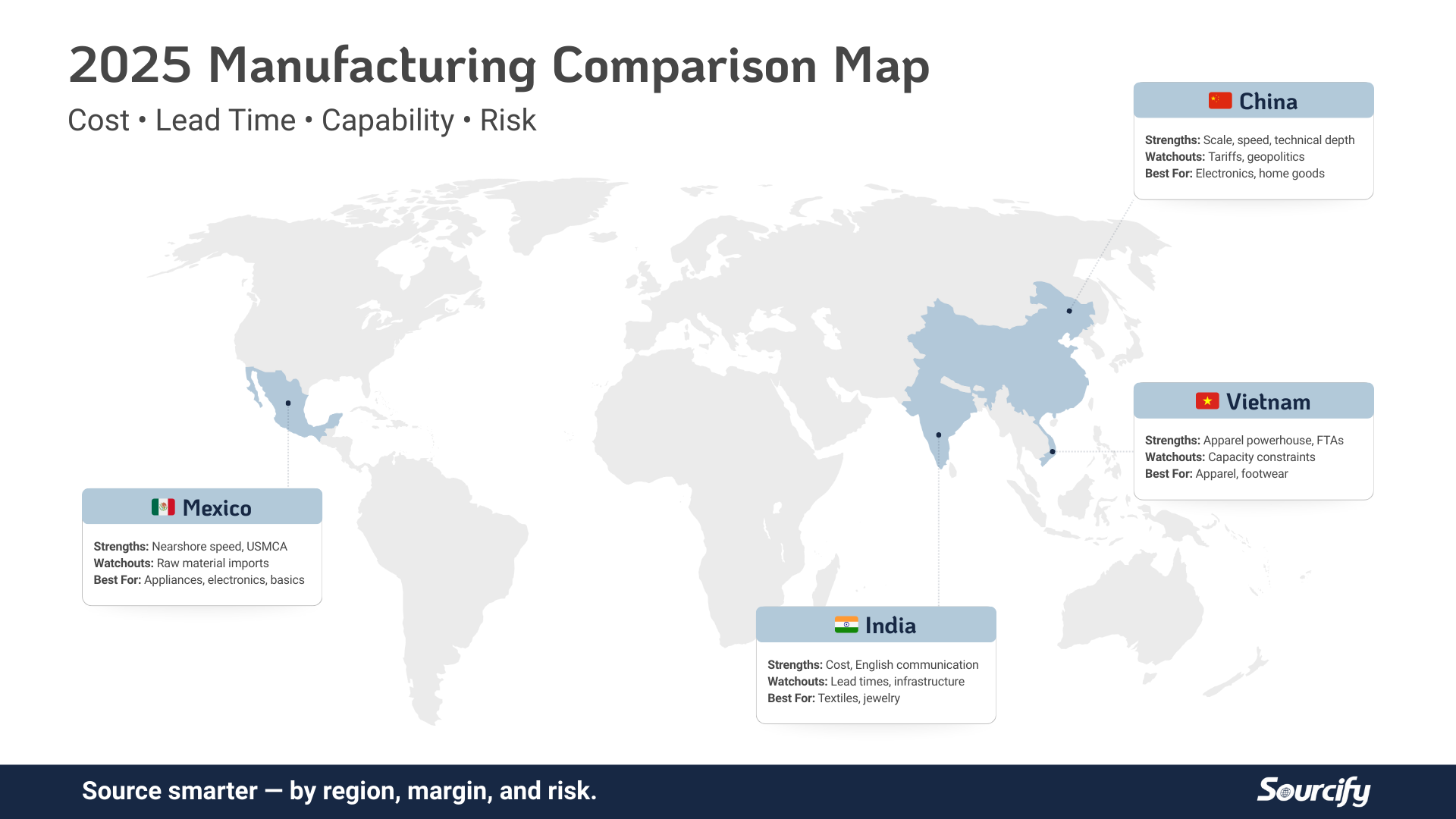The beauty of entrepreneurship is that the best ideas can be the most unlikely ones. For Andy Dunn and Brian Spaly, it all started with … pants.
Yes, you heard that right: pants.
Stanford Business School students Dunn and Spaly recognized that the men’s fashion industry had not yet created a comfortable, stylish, and suitable pair of pants. They identified a gap in the market and saw an opportunity.
Both men set out on a mission to create the Goldie Locks of pants for men; something not too tight, not too loose, but a pair of pants that fit just right — all while being fashionable.
Dunn and Spaly strongly believed in the idea of their business. They gained various private investors — from venture capitalists to Stanford lecturers. Dunn even attributed his 401K to build a professional website for the company, while Spaly set out to find the fabrics and patterns.
Intrigued with the idea of online consumer culture, they founded Bonobos, an e-commerce driven apparel business that’s gone on to sell more than just pants. Bonobos have continued to expand, establishing over 60 locations and even partnering up with Walmart. What started as a spontaneous idea turned into a $310 million business acquisition …
So, here’s how they did it.
Transforming the Retail Business
In an interview with Coveteur, Dunn describes how the idea for the business started. “I’d spent my years [at Stanford] absolutely falling in love with the culture around the consumer internet in Silicon Valley,” he says.
“Then Brian came along with these great-fitting pants. I was like, ‘Wait a second. Maybe this is the internet-driven company I’ve been looking for, but in a really new way where we would actually sell and tell stories and have great service with a physical product.'”
Most men don’t enjoy shopping, but Dunn and Spaly wanted to change the consumer experience.
Dunn and Spaly quickly saw the potential of their idea and how it could revolutionize retail. At the time, digital-first retail brands were practically non-existent or had not yet gained popularity. Dunn further discusses how this set them apart.
“Not to be self-aggrandizing, but in 2007 that was a very contrarian and new idea. This was pre-Casper and pre-Warby Parker, pre-Everlane, pre-Dollar Shave Club; pre-everything that is what I call digitally native brands,” says Dunn.
Bonobos was essentially embarking on new terrain.
Solidifying a ‘New-Fashioned’ Idea
Dunn further explains how Spaly broke down the idea into a survey, in which he asked men about their experience with buying pants.
“He’d done this project which asked, ‘Do you like your pants?’, and the answer for most guys was no. Why not? They don’t fit that great. And do you love shopping for them? No. So what do you wear? The answer is basically, ‘I wear denim whenever I can unless I have to wear pants.'”
Spaly quickly realized that most men’s’ pants were being made with just one body type in mind after talking to more and more men. Originally intending to go to Brazil, Spaly canceled his trip and set out to L.A. on a quest to find the best fabrics and patterns for his perfect pants idea.
To add to his already innovative designs, Spaly decided he would make pants with a curved waistband to fit each individual’s body type better. Disregarding the false “one-size-fits-all” narrative, he narrowed down the pants’ fit to four or five different silhouettes, each of which offers a wide range of sizes. Each pair of paints were practically made to be custom fit.
Emphasizing Quality Custom Service
Now that the idea was there, next came the fun part: funding.
Dunn and Spaly set out on pitching their revolutionary pants business to investors. Both were confident in their idea and the impact it could have in changing the retail industry.
But Dunn decided to pitch a little more to home. He met with his Stanford professor, Joel Peterson, who was also the chairman of JetBlue.
“I pitched him on the idea of taking these great pants and building a digital brand to deliver them and, in doing so, offer what I thought would be a better customer service experience because it was digital-first,” Dunn says.
“The idea was that the digital brand could actually create a customer experience that your consumers could be maniacal about because it was going to be not just great-fitting pants, but great customer service.”
Peterson recognized the genius behind reinventing a stagnant category and gladly agreed to invest. Together, Dunn and Spaly had created the perfect recipe for success, and from there, the business took off.
Dunn kept pitching his idea and with other investors and professors. Meeting after meeting, Dunn and Spaly decided to launch the eCommerce store officially. That fall, Dunn moved to New York to further establish the business, and within six months, Bonobos gained five employees and a net revenue run rate of $1 million.
The Future of Bonobos …
Bonobos continued to grow both in revenue and in production. In 2011, Spaly decided to leave the business and pursue other business ventures, while Dunn retained his focus on expanding Bonobos.
Today, Bonobos offers much more than just pants; their line of apparel includes t-shirts, shorts, polos, sweaters, formalwear, outerwear, loungewear, accessories, and of course, face masks to match your fit.
Dunn also established a brick-and-mortar store called “The Guide Shop,” which offers one-on-one communication between customers and employees. Now, customers can make appointments and try on clothes while employees offer advice on men’s fit and style.
Pondering back the beginnings of Bonobos, Dunn described his meetings with other investors, one of which gave him an excellent parting word of advice that still holds today.
“He said something that really stuck with me: in the history of innovation, many ideas are really contrarian at the time. They sound stupid almost. Better-fitting pants sold over the internet? It just sounds dumb. But it’s a really innovative idea.”
Image Credit:
- Featured Image, Pexels




